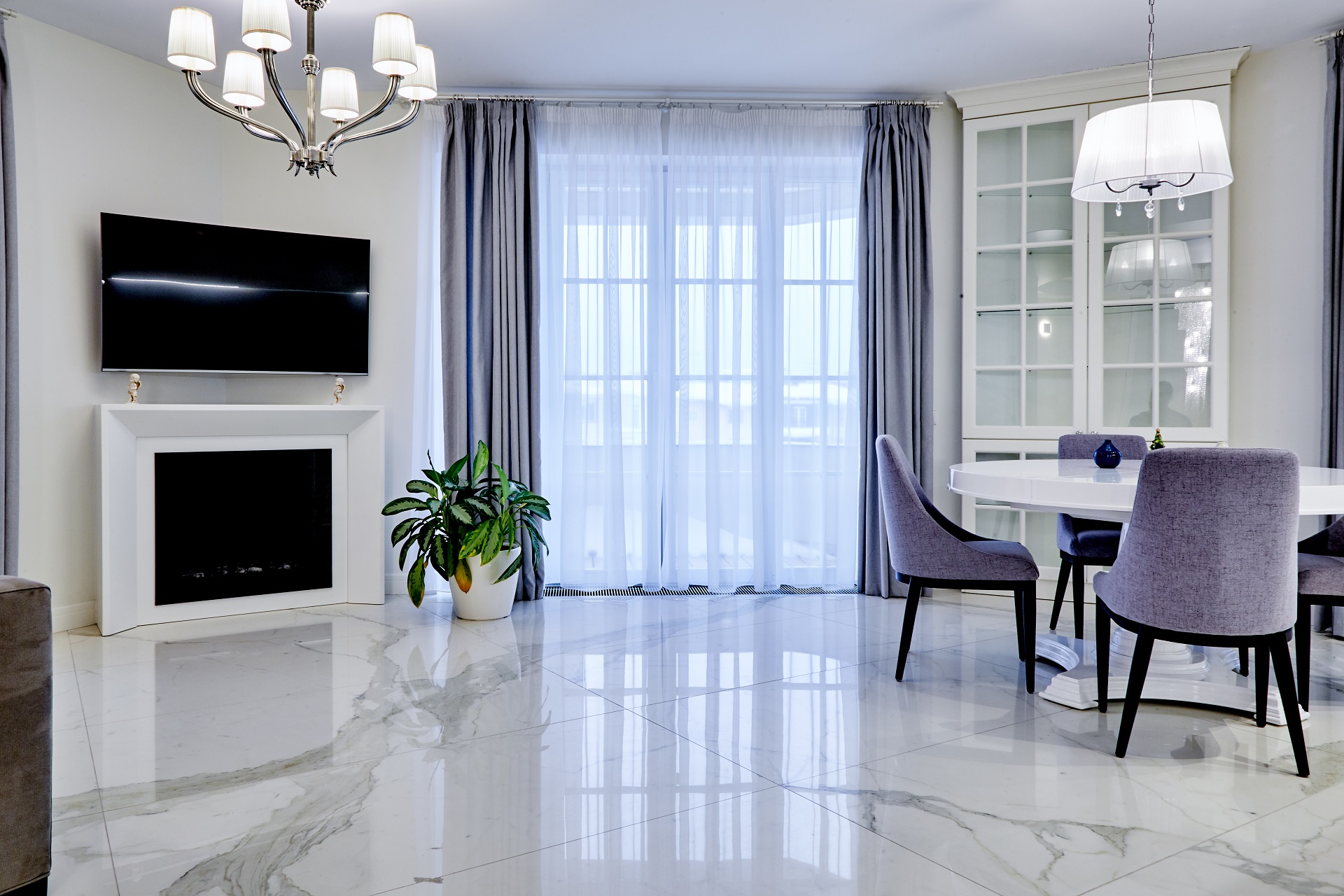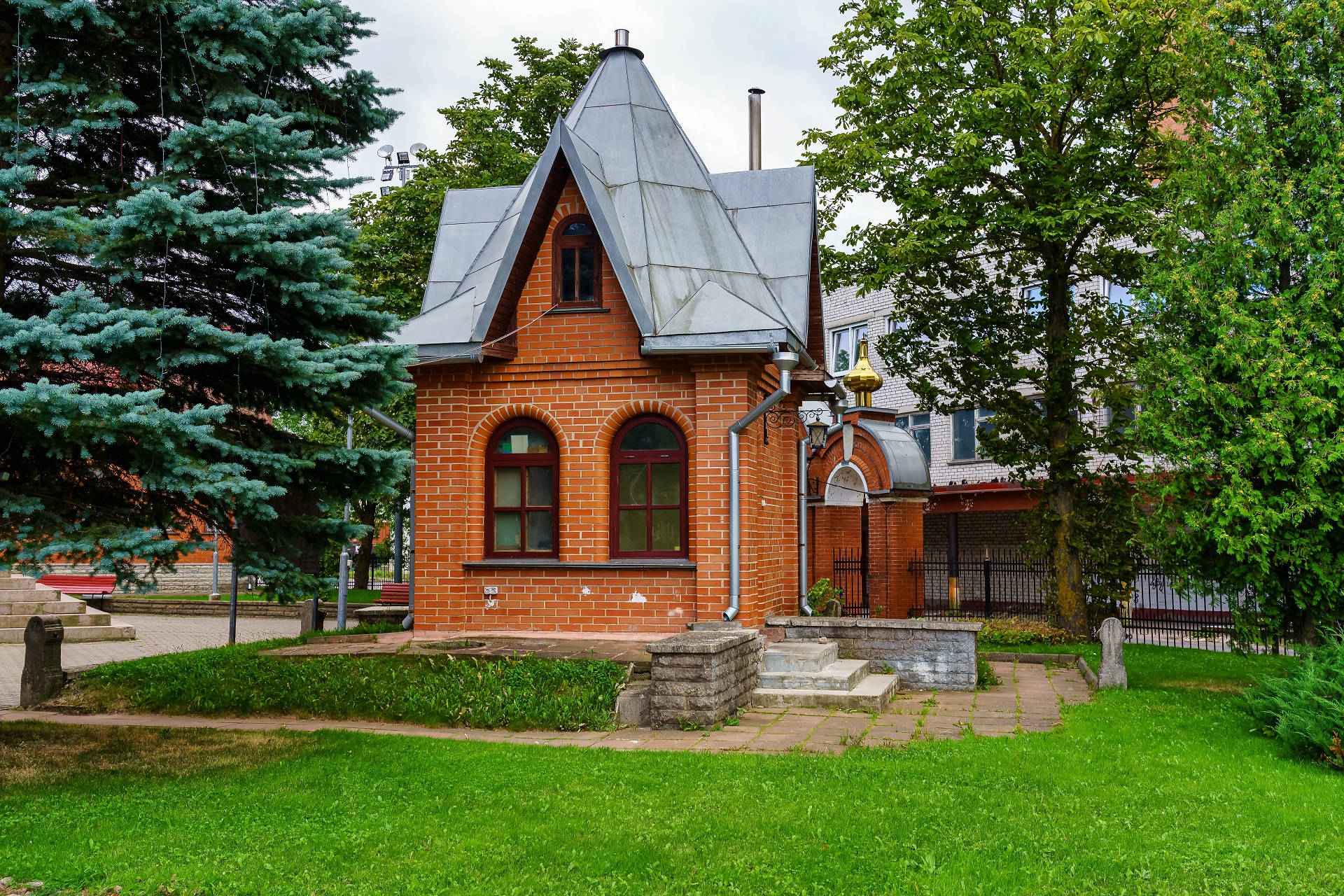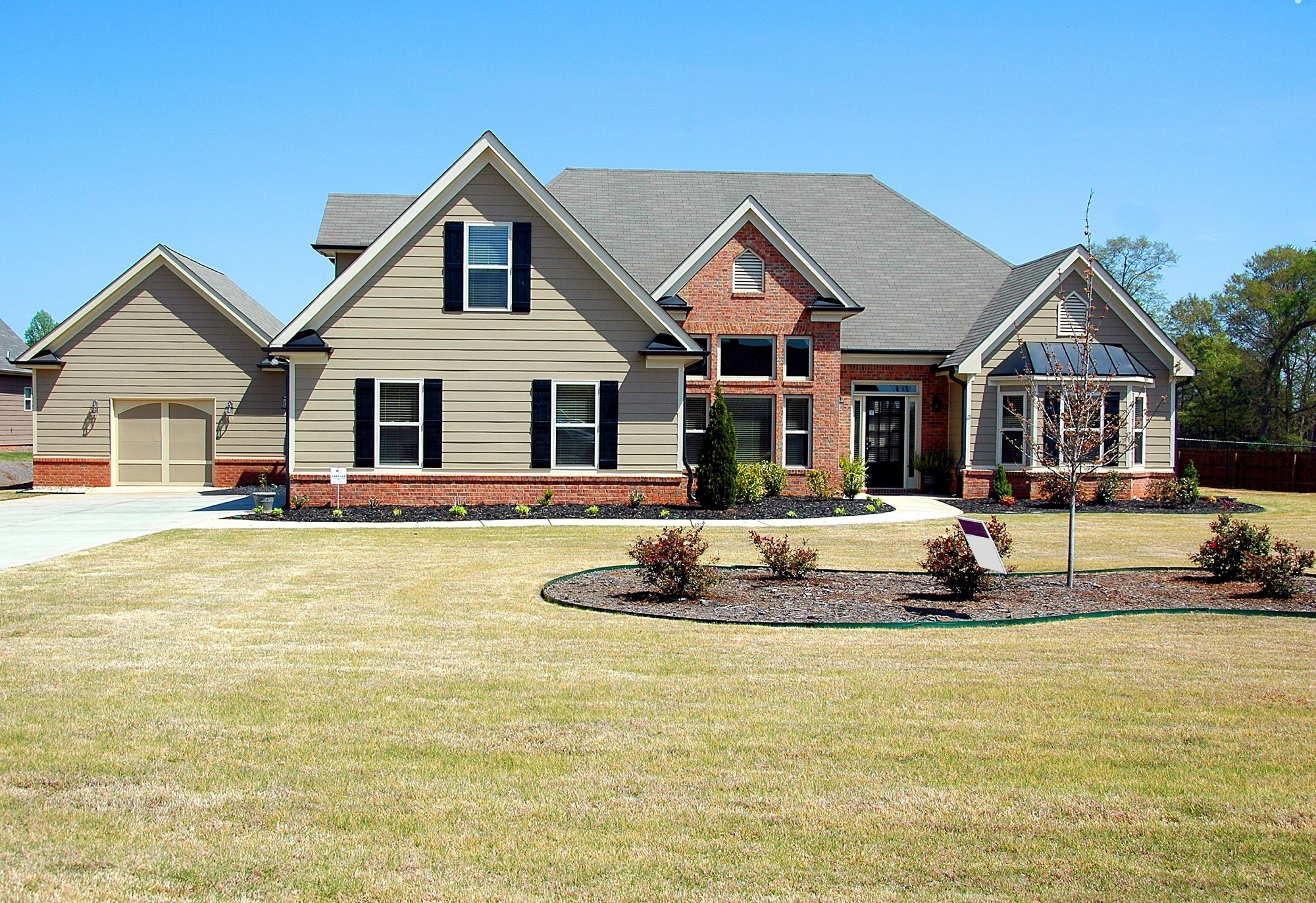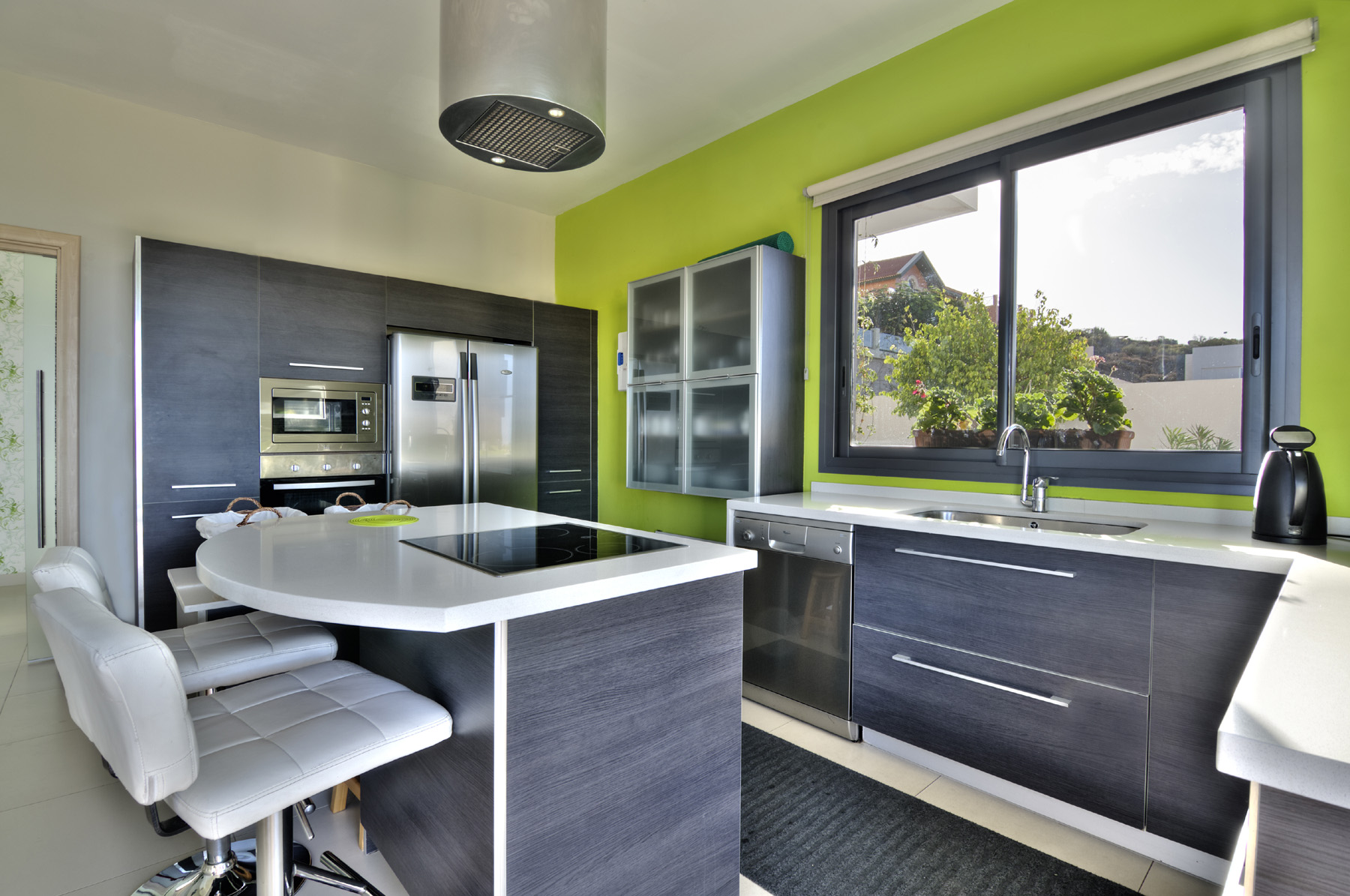Help to Fight Mold in Your Home

Unfortunately, mold in your home is sneaky and can creep up on you when you least expect it. For a healthy home, monitoring and eliminating mold is crucial. Commonly, household mold develops because of water damage or a damp surface that isn’t regularly cleaned. Spores are known to stay dormant until they have the moisture and nutrients they need to bloom.
Common Mold Locations
Bathroom:
The bathroom is the most common hotspot for mold! Check toilet seals, wet walls, shower curtains, beneath sinks, and ESPECIALLY the shower. To keep mold from penetrating the tiles, you need to ensure your caulking and grout are in good shape.
Kitchen:
A slow leak can go undetected and be a breeding ground for mold. A leak under the sink, behind the fridge, or around the dishwasher can likely lead to a mold problem. Try to check these areas monthly.
Carpeting:
Mold can become active in carpeting because of flooding, moisture from concrete foundations, or even spills. The carpet that houses mold will need to be replaced.
Windows:
Condensation can build up on your windows as temperatures fluctuate, and spores hanging around can gradually take hold and bloom into a black, spotty mess. Mold is more common on shaded windows or windows that are often covered by curtains.
Drywall:
Unfortunately, the materials in drywall can promote mold growth when moisture is involved. To uncover the problem, you will often have to remove considerable sections of drywall to identify and remove the mold. Your nose is your best guide here.
Basements:
Basements meet all the qualifications for a perfect growth area for mold: dark, proximity to the earth, and hidden from view. Be sure to create proper drainage and ventilation to discourage the growth of mold.
The best way to locate mold is to search for leaking pipes and dry out wet areas in your home. To help prevent mold growth, look into an air purifying system, such as a “Quiet Cool Advanced Whole-Home Fan,” which exchanges the home’s indoor air and replaces it with fresh outdoor air in minutes. Learn more about Quite Cool Home Fans.
Effects of Mold on Your Health
Many people are sensitive to molds, but mold exposure does not always present a health problem indoors. Although, a moldy environment does worsen indoor air pollution, which is a risk factor for certain respiratory conditions.
Molds can produce several substances that can be harmful. Allergens, irritants, and mycotoxins are potentially toxic substances that can affect individuals susceptible to them. The EPA says that exposure to molds can irritate individuals’ eyes, lungs, nose, skin, and throats, even if they do not have a mold allergy.
I Can Help
I enjoy every aspect of helping individuals buy and sell homes, even if it is dealing with mold! If you have questions or are ready to make a move, contact me at (928) 710-9148.
What Generation of Buyer is Your House Geared Towards?

Staging presents your home in the best light. Staging can help position your home to sell faster and potentially for a higher price. But there are a couple of ket points to remember when staging:
1) Decorate the home to appeal to the buyer, not to appeal to you. Look at your house from the viewpoint of the buyer. How might they see the home? Set aside your own decorating and aesthetic preferences to create an inviting space geared toward wowing potential buyers.
2) Stage for the right generation of buyers. Is your house geared towards Baby Boomers, who are looking to downsize, or is your home geared towards the younger generation of Millennials who are looking to upgrade from their first house or buy for the first time? The younger generation of home buyers also may be more willing to buy a home that needs some upgrading or renovations.
Don’t stage for yourself… stage for the generation buying your home.
Staging Tips
Stage a house to helps buyers imagine themselves living in it. Here are a few tips to get you started:
- Declutter: Rather than hiding clutter in a closet, box it up, and put it into storage. Clutter creates a smaller feeling home. Stagers suggest less furniture as well to create more room, because when your house looks bigger, it will appeal more to buyers.
- Lighting: Create a bright and warm environment with lighting. Utilize natural lighting by opening your blinds and updating light fixtures. A simple solution is increasing the wattage in your lamps and fixtures.
- Paint: A helpful tip from HGTV states that “to make a room appear to be bigger than it is, paint it the same color as the adjacent room. If you have a small kitchen and dining room, a seamless look will make both rooms feel like one big space.” Along with this, paint with fresh neutral colors. Bold colors can actually reduce offers.
- Odd Number of Accessories: Accessories can create a more inviting room. For a pleasing look, stick with odd numbers, especially three.
- Make Every Space Functional: If you have an empty space at the end of a hallway or stairs, create a small reading nook or desk space. Make awkward spaces functional.
- Curb Appeal: Don’t forget the curb appeal, because if you neglect the outside, then you won’t attract buyers to the inside.
- Finishing Touches: Add finishing touches of fresh flowers, folded towels, a bowl of fresh fruit, or fresh baked cookies!
I’d be happy to work with you to find a stager who can help make your home as appealing as possible. I work with my clients to ensure their home sells for the best possible price. Contact me at: 928-710-9148
Common Real Estate Acronyms

Sometimes, when buying a home, you feel like you are in the middle of alphabet soup!
There are multiple acronyms in the real estate industry that help communicate the matters at hand. But what if you don’t know what the acronym means? Don’t worry. We are here to help!
First of all, before I start my list, I would like to stress that it is entirely acceptable and good practice to speak up and ask if you don’t understand what is being communicated to you. Realtors are in the business to help you with your home buying or selling process. It is our job to make a smooth transaction and make sure you fully understand the terminology.
Below are some of the common real estate acronyms and their meaning to give you a little head-start.
- APR – Annual Percentage Rate
Annual cost of borrowing money based on the loan amount, interest rate, and certain other fees. - ABR – Accredited Buyer Representative
A certificate of National Association of Realtors for buyer representation - CD – Closing Disclosure
This five-page document spells out all the loan terms: the amount, the interest rate, the monthly payment, mortgage insurance, the monthly escrow amount, and closing costs. It is given to the buyer three days before closing. - CMA – Comparative Market Analysis
Comparative market analysis is the process of determining an investment property’s value by comparing it to other properties similar in size, amenities, etc. Comparative market analysis takes both the property itself into consideration, as well as the market in general. - DTI – Debt-to-Income
Percentage of your monthly income that goes toward your monthly debt payments. - FHA – Federal Housing Administration
A government agency created by the National Housing Act of 1934 that insures loans made by private lenders. - FRM – Fixed-Rate Mortgage
An interest rate that does not change during the entire term of your loan. - FSBO – For Sale by Owner
Properties that are not listed on the MLS. - HOA – Homeowners Association
The governing body of a housing development, condo or townhome complex that sets rules and regulations and charges dues and special assessments used to maintain common areas and cover unexpected expenses respectively. - LTV – Loan-to-Value Ratio
The amount of the loan divided by the price of the house. Lenders reward lower LTV ratios. - MLS – Multiple Listing Service
A database where real estate agents list properties for sale. - PMI – Private Mortgage Insurance
Insurance that protects lenders from losses if a homeowner is unable to pay their mortgage. It is required for homebuyers who make down payments less than 20% of the home purchase price. - P & I – Principal and Interest
Principal and interest are the portions of your monthly mortgage payment that go toward paying off the money you borrowed to buy your home.
If you ever have questions about the terminology of the real estate industry, I would be happy to help! Give me a call: 928-710-9148
Make Your Home Baby-Friendly

You may not have kids right now, but chances are you may be entertaining guests one day who do. Below are some sound strategies to make your guest’s visit low-stress and safe by baby proofing your home. These are great ways to put your guests at ease and do your best to protect their little ones from harm by investing in some modest pre-visit baby proofing.
Mind the Power and Appliances
Outlets are enemy #1. Baby fingers are like magnets for electricity, so splurge on some plastic outlet covers which fit snugly into those empty sockets. If you have any multi-socket power strips around, be sure to cover those as well (or elevate them out of harm’s reach). Depending on your youngest visitors’ age, some may be able to reach knobs and buttons on appliances like your stove. Exploring hands can accidentally turn on the gas, so if you think your kitchen will be vulnerable, invest around $10 on stove knob covers.
Make Some Rooms Off-Limits
It may not be practical to baby proof every inch of your house, making certain zones baby-free by using gates. Sturdy, simple, pressure-mounted gates will protect specific passages and prevent you from making any permanent holes in your wall. Alternately, use doorknob covers to make even unlocked rooms less likely to be prone to an infant invasion.
Fight Falling Objects
Babies are all about testing gravity, and as they try to bring themselves upright, they’re liable to tug on anything within arm’s reach. Items that can fall on a child include entertainment centers, bookshelf, floor lamps, or other furniture. Are there any precarious pieces that might tumble down and seriously injure a child? Consider items on top of shelves (like decorative glassware), which can fall if shook, even it is modest force.
Curtail the Cords
Power cords and curtain (or blind) cords can cause falls, entanglement, or even strangulation. Tie these up out of the way or too high for a baby to reach from the floor.
Get Down and Look Around
A baby will put anything in its mouth. That will include choking hazards, dropped medications, or stray chemicals such as rat poison or cleaners. Shift your perspective to the floor and look for anything suspicious.
Looking at things from a child’s perspective is critical. If you have magnets on your refrigerator, move them up out of the child’s reach or take them off your fridge and tuck them away. Kids love sticking things in their moth; magnets could cause a choking hazard. Consider putting bumpers on sharp furniture edges, as toddlers are still figuring out balance and will stumble easier. In the bathroom, install toilet locks to keep the toilet lid closed so that there is no chance for kids to fall headfirst in when they are curious.
Some homes are more kid-friendly than others. If you’re looking for a perfect home for little ones, I can help you find one today!


 Facebook
Facebook
 X
X
 Pinterest
Pinterest
 Copy Link
Copy Link







